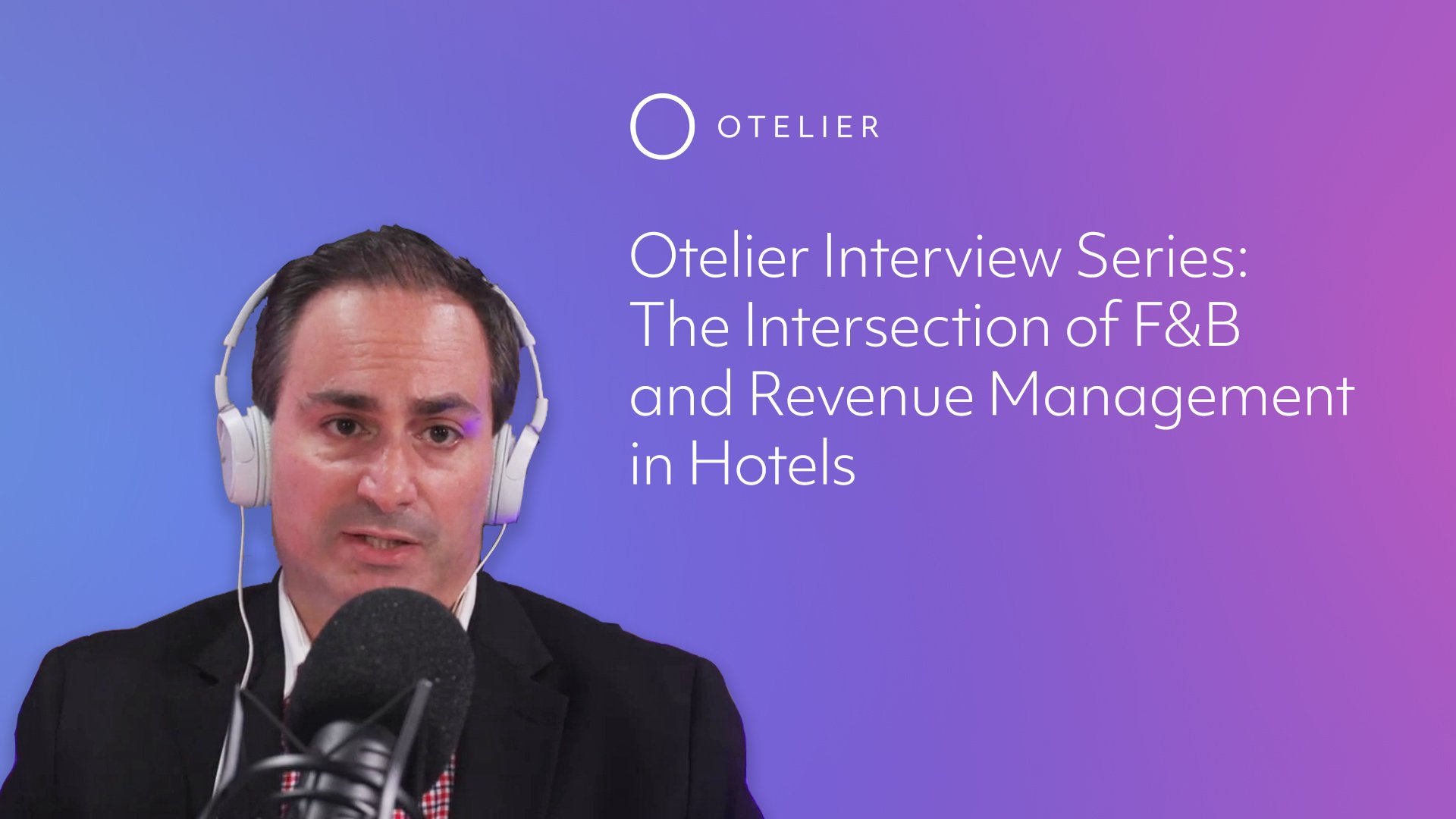For Jason D’Agostino, the path to becoming a hospitality revenue leader didn’t start with rate codes or STAR reports – it started in the kitchen.
A graduate of Johnson & Wales University’s baking and pastry program, D’Agostino began his hospitality career in food and beverage, working as a line cook for Marriott before climbing the operational ladder into management roles with several hotel operators. His early experience balancing food costs, labor expenses, and guest satisfaction became the foundation for a career-long philosophy: that data-driven decisions should span every part of a hotel, not just rooms.
“Each time we had a special event, we would have to go back and do a critique,” D’Agostino says. “We’d look at labor cost, food cost, beverage cost, and make a determination – was this profitable, did it make financial sense, and would we take this group again? What could we have done better? I reflect on that all the time in revenue management.”
That operational discipline became the foundation for D’Agostino’s success when he joined Visions Hotels, where he spent nearly 12 years as Corporate Director of Revenue Management, helping grow the company from 25 to 70 hotels across the Northeast. He carried forward lessons from F&B into his revenue strategy playbook – focusing on both retrospective analysis and forward-looking strategy.
“It’s about being able to look back at things and look future-forward,” he says, “to see what strategies worked, what didn’t, and how we pivot to create a strategy that’s going to drive profitability.”
Rethinking Revenue Beyond the Rooms Division
Traditional revenue management has long focused on optimizing room rates. But for D’Agostino, the true opportunity lies in expanding that lens.
“A lot of times we hear people talking about RevPAR – is that the right KPI to use?” he asks. “Depending on the asset, it may be. But it may also be Total RevPAR – including food and beverage, spas, and all your different ancillary revenue opportunities.”
That shift in focus changes the way teams evaluate business opportunities. Rather than simply asking, Will this group fill rooms?, D’Agostino’s teams asked, Will this event or package drive meaningful total profit?
It’s a subtle but important distinction – one that mirrors the evolution of modern hotel management. As labor costs rise and margins tighten, D’Agostino believes operators must look deeper into the profitability funnel.
“Top-line recovery doesn’t equal bottom-line health,” he says. “Not all revenue is created equal.”
That philosophy extends beyond the numbers. As D’Agostino points out, the key to successful revenue leadership isn’t just analytics – it’s trust.
“As a revenue leader, we are in the trust business,” he says. “We have to build that trust with all stakeholders – the general manager, sales manager, ownership, operations teams – and we do that by understanding their needs.”
He instilled that culture across Visions’ growing portfolio through consistent communication and collaboration. Weekly revenue calls were mandatory – not just to review performance, but to engage general managers directly in pricing and forecasting decisions. To make those meetings more effective, D’Agostino introduced a simple but powerful tool: a one-page worksheet that each GM completed before the call, outlining key market trends, upcoming events, and rate performance insights.
““It helps them come ready to engage and ready to answer questions,” he says. “So they’re not just joining the call to check off their to-do list – they’re part of the discussion.”
Technology and the Centralization Advantage
Managing 70 hotels meant that D’Agostino’s success depended heavily on technology. Centralized systems gave him visibility across diverse PMS and accounting platforms – a notoriously complex challenge for multi-brand operators.
“To be honest, the first dashboard I looked at every morning was Otelier,” he says. “I could see, at a granular or high level, the performance from the night before compared to the same time last year. I could get a good grip on how the day was going to go – and who would be calling me first.”
Centralized business intelligence not only helped monitor daily performance but also streamlined budget season – historically one of the industry’s biggest pain points. By pulling multi-year data into one platform, D’Agostino’s team could quickly identify demand patterns, call out outliers, and collaborate with sales and marketing to build more accurate, achievable budgets.
“By having all that data centralized, it just makes things easier and more efficient,” he says. “It avoids redundancies – and that’s exactly what ownership wants at a high level. Profitability comes from reducing redundancies and creating that centralized environment where all the data points are right there for us.”
Finding the right business mix was another cornerstone of his strategy. While many revenue managers rely on STAR reports to measure performance, D’Agostino emphasizes the importance of looking deeper – into segmentation and trend data that reveal the ‘why’ behind the numbers.
“The best reports are segmentation reports that help us understand the results of last week’s performance,” he says. “Every Tuesday or Wednesday, everyone’s looking at STAR, which is great – but what drove the STAR report? That segmentation data tells you what business is coming in, what’s pulled back, what the OTA mix looks like. When you have that, you can make great decisions to improve profitability.”
Reflecting on his journey from the kitchen to the corporate boardroom, D’Agostino says the most important skill for future revenue leaders isn’t just technical – it’s relational.
“Technology and data are critical,” he says, “but you can’t forget that revenue management is about people. When you build trust across departments, align on shared goals, and bring F&B, sales, and operations into the same conversation – that’s when you really start to drive total profit.”
Access the data you need to implement a Total Revenue Strategy 👉 Demo Otelier











